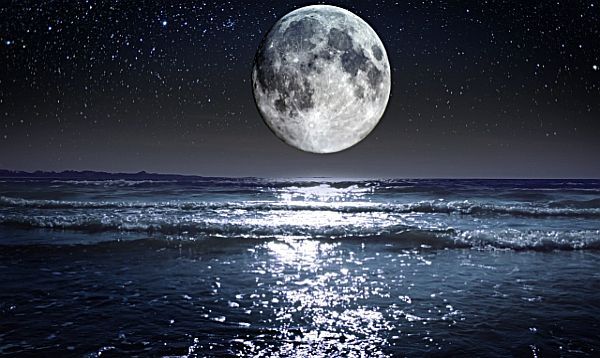Puerto Vallarta, Mexico - Forget all the other supermoons you've seen in the past. Or even meteor showers, blood moons and lunar eclipses. Because on November 14, the night sky is going to light up with the biggest full moon you'll see in a long time.
Supermoons aren't all that uncommon, but this one's going to be pretty special because for the first time since 1948, the full moon will be nearest to Earth. And it won't get this close again until November 25 2034.
 |
How does a supermoon happen?
The moon only appears full from Earth when our planet is between the sun and the moon. But since the moon's orbit has an elliptical shape, sometimes it is closer to Earth than other times. Astronomers call the closest-to-the-Earth moment the perigee.
This occurrence causes the moon to appear much bigger and brighter in our sky than usual. NASA says that Earth can be bathed in 30 percent more moonlight during a supermoon.
What makes November 14 special is that the moon "becomes full within about two hours of perigee - arguably making it an extra-super moon," NASA explained. In short: a so-called supermoon occurs when a full moon happens as the moon is also closest to Earth.
Why is this supermoon so special?
Supermoons aren't unusual – we just had one on October 16 and there's going to be another one on December 14. But on November 14, the moon's orbit is also going to bring it even closer to Earth than previous perigee occurrences. To be precise, the distance between Earth and the moon will be a mere 221,524 miles (356,509 km). On average, the moon is about 239,000 miles (384,000 km) away from the Earth.
"On November 14, it becomes full within about two hours of perigee – arguably making it an extra-supermoon," says NASA.
Sources: Yahoo • Fox News


